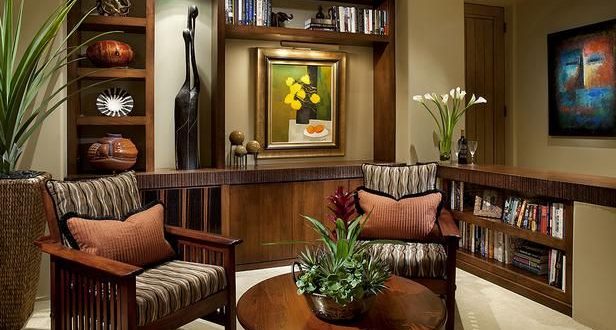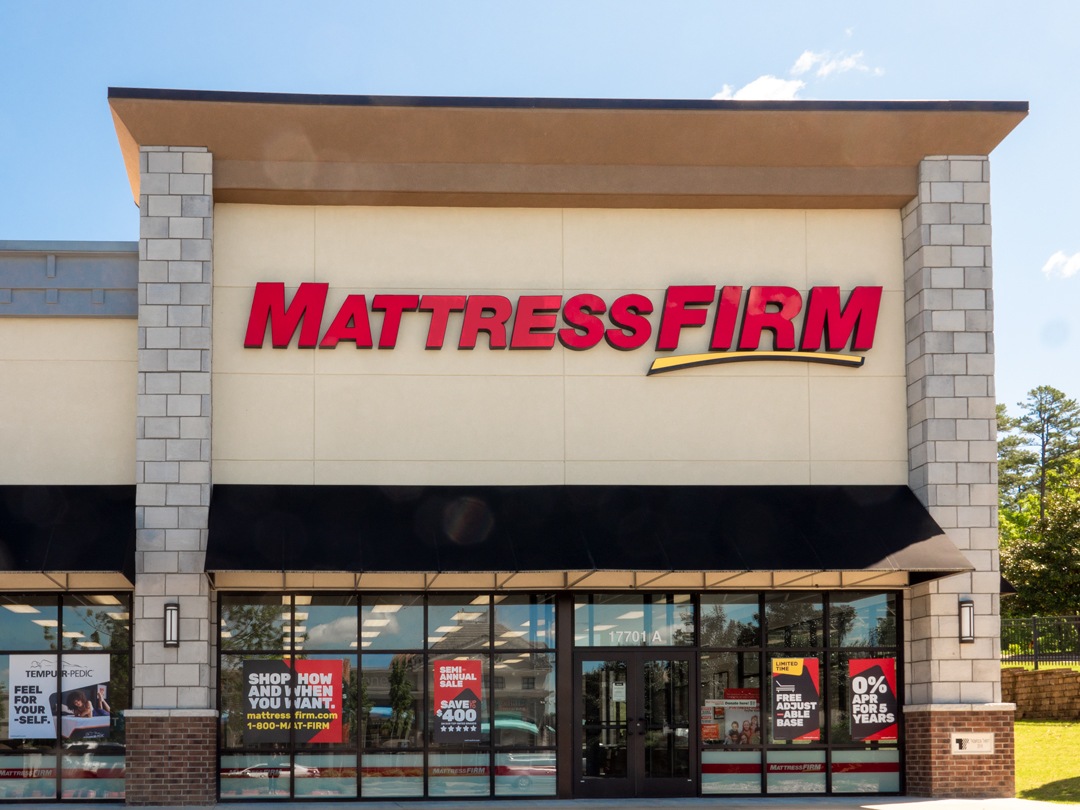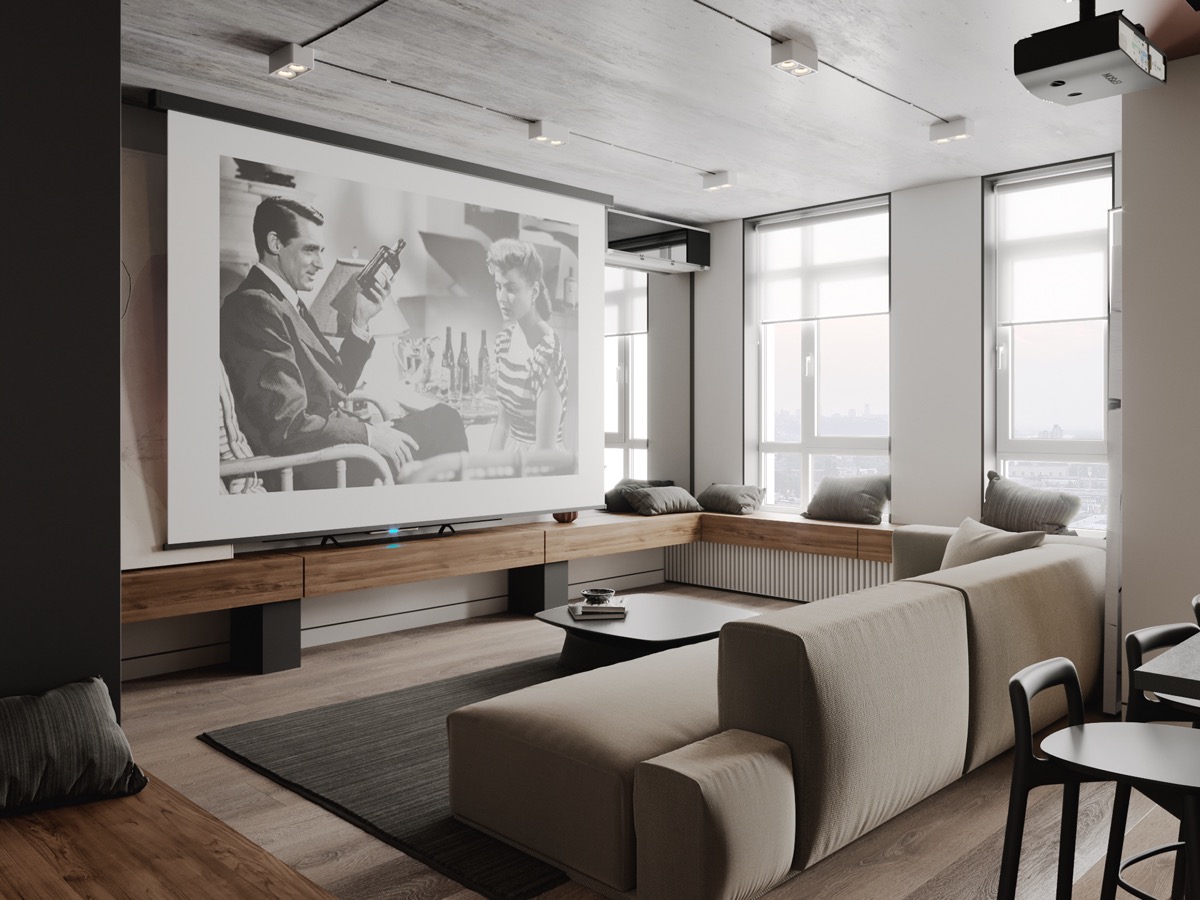Contemporary
The contemporary kitchen design is perfect for those who want a clean, sleek look with a touch of modernity. This style incorporates sharp lines, minimalist features, and neutral colors to create a functional yet stylish space.
One key aspect of a contemporary kitchen is the use of straight, clean lines. This can be seen in the cabinetry, countertops, and even the layout of the kitchen itself. The lack of intricate detailing or ornate designs helps create a clean and uncluttered look.
The color palette for a contemporary kitchen is kept simple, with a focus on neutral shades such as white, black, and grey. Contrasting these hues with a pop of bold color can add a touch of personality to the space.
When it comes to materials, contemporary kitchens often use sleek and smooth surfaces such as stainless steel, glass, and lacquered finishes to create a modern look. These materials are also easy to clean, making them practical for a busy kitchen.
Lighting is also an important factor in a contemporary kitchen. Lighting fixtures with clean and geometric designs can be used to complement the overall style of the space. Task lighting is also important to ensure proper illumination in the kitchen workspace.
Cottage
The cottage kitchen design is all about creating a cozy and charming atmosphere. This style is inspired by traditional country homes and is perfect for those who want a warm and welcoming kitchen.
One key element of a cottage kitchen is the use of natural materials, such as wood, stone, and brick. These materials not only add a rustic touch but also bring warmth and texture to the space.
The color palette for a cottage kitchen is typically soft pastel shades, such as light blue, pale green, and soft pink. These soft colors help create a calm and relaxing atmosphere in the kitchen.
There is often a mix of furniture styles in a cottage kitchen, with a combination of vintage and newer pieces. This creates a unique and charming look that adds character to the space.
In terms of accessorizing, a cottage kitchen may have open shelves with dishes on display, a farmhouse-style sink, and possibly even a cozy breakfast nook. These details add to the quaint and inviting feel of the space.
Farmhouse
The farmhouse kitchen design is another style that pays homage to traditional country homes. This style is perfect for those who enjoy a rustic and cozy aesthetic with a touch of vintage charm.
One key element of a farmhouse kitchen is the use of natural materials, similar to the cottage style. This can include wood, stone, and brick, but can also incorporate materials such as copper, iron, and reclaimed wood for a more authentic farmhouse feel.
The color palette for a farmhouse kitchen tends to be on the neutral side, with shades of white, cream, and beige as the main colors. These soft hues help create a sense of warmth and light in the kitchen.
Furniture in a farmhouse kitchen is often rustic and may include vintage or antique pieces. The use of open shelves, a large farmhouse sink, and a large farmhouse table are also common in this style.
Accessories in a farmhouse kitchen can include decorative items such as mason jars, wire baskets, and vintage signs, adding to the rustic and charming feel of the space.
Industrial
The industrial kitchen design is a modern and edgy style that takes inspiration from factories and industrial spaces. This style is perfect for those who want a unique and bold kitchen with an urban feel.
One key aspect of an industrial kitchen is the use of industrial materials such as concrete, metal, and exposed brick. These materials add an edgy and raw element to the space.
The color palette for an industrial kitchen can include monochromatic shades such as black, grey, and white, with pops of color added in through appliances or accessories.
Metal features such as industrial-style lighting and open shelving are common in this style. These elements not only add to the industrial feel but also provide practical and functional storage options in the kitchen.
Adding industrial-style furniture, such as a metal bar stool or a reclaimed wood dining table, can further enhance the industrial aesthetic in the kitchen.
Mediterranean
The Mediterranean kitchen design draws inspiration from the coastal regions of Spain, Italy, and Greece. This style is perfect for those who want a warm and inviting kitchen with a touch of exotic charm.
The use of natural and warm materials such as wood, stone, and tile is a common feature in Mediterranean kitchens. These materials not only add to the rustic and relaxed feel but also provide a connection to the coastal elements of this style.
The color palette for a Mediterranean kitchen typically includes rich and warm tones such as terracotta, gold, and blue. These colors reflect the earth, sea, and sky and add to the Mediterranean vibe in the kitchen.
Furniture in a Mediterranean kitchen is often ornate and intricately detailed, with a mix of vintage and modern pieces. This creates a layered look that adds to the eclectic and unique feel of the space.
Accessories in a Mediterranean kitchen can include hand-painted tiles, decorative plates, and cookware, adding to the overall charm and style of the space.
Mid-century Modern
The mid-century modern kitchen design is perfect for those who want a retro and stylish aesthetic in their kitchen. This style takes inspiration from the design and architecture of the 1950s and 1960s.
The use of natural and organic materials such as wood, glass, and stone is a key feature in mid-century modern kitchens. These materials add warmth and texture to the space, while smooth surfaces and clean lines reflect the modern aspect of this style.
The color palette for a mid-century modern kitchen includes a mix of bold and pastel shades, with pops of orange, yellow, and green to reflect the cheerful and playful vibe of this era.
Furniture in a mid-century modern kitchen is often sleek and minimalistic, with abstract designs and geometric shapes. This adds to the retro and futuristic feel of the space.
Accessories in a mid-century modern kitchen can include statement pieces such as a vintage-inspired radio or a retro-style fridge, adding to the overall character and charm of the space.
Minimalist
The minimalist kitchen design is for those who want a clean, clutter-free, and functional space. This style is all about simplicity and creating a calm and organized environment.
The key element of a minimalist kitchen is the use of clean lines and uncluttered surfaces. This means keeping the design simple and avoiding unnecessary decoration or detailing.
The color palette for a minimalist kitchen is typically monochromatic and focuses on neutral shades such as white, black, and grey. These colors create a sense of calmness and balance in the space.
Furniture in a minimalist kitchen is often streamlined and functional, with a focus on storage and organization. This helps maintain the clean and clutter-free look of the space.
Accessories in a minimalist kitchen are kept to a minimum, with a focus on practical items such as a simple and functional coffee maker or a sleek and modern knife set.
Rustic
The rustic kitchen design is all about creating a warm and cozy environment that reflects the simplicity and charm of traditional country homes. This style is perfect for those who want a welcoming and inviting kitchen with a touch of nostalgia.
The use of natural and textured materials such as wood, stone, and brick is a key element of rustic kitchens. These elements not only add character and warmth but also provide a connection to nature and the countryside.
The color palette for a rustic kitchen includes earthy and neutral shades, such as browns, greens, and muted blues. These colors reflect the natural elements and help create a cohesive and relaxed feel in the space.
In terms of furniture, rustic kitchens often incorporate handmade and vintage pieces for a personal and unique touch. This can include a farmhouse-style dining table, a rough-hewn wooden coffee table, or a vintage cabinet for storage.
Accessories in a rustic kitchen can include antique or hand-crafted items such as pottery, baskets, and textiles, adding to the overall rustic and homely feel of the space.
Traditional
The traditional kitchen design incorporates classic elements and designs that stand the test of time. This style is perfect for those who want a timeless and elegant kitchen that exudes warmth and sophistication.
The key feature of a traditional kitchen is the use of ornate and intricately detailed elements, such as cabinetry with raised panels, elaborate moldings, and ornate hardware. These features add a touch of elegance and grandeur to the space.
The color palette for a traditional kitchen typically includes warm and neutral shades, such as creams, beiges, and soft greys. These colors create a sense of warmth and timelessness in the space.
Furniture in a traditional kitchen is often fine and luxurious, with a focus on quality and craftsmanship. This can include a solid wood dining table, a luxurious marble countertop, and a grand chandelier for lighting.
Accessories in a traditional kitchen can include decorative items such as elegant dinnerware, crystal glasses, and fine linens, adding to the overall sophistication and elegance of the space.
The Importance of Choosing the Right Kitchen Design for Your Home

Creating a Functional and Aesthetically Pleasing Space
 Choosing the right kitchen design for your home is essential as not only does it have to be functional, but it also needs to be aesthetically pleasing. Your kitchen is the heart of your home where you spend a significant amount of time cooking, eating, and socializing with your family and friends. Therefore, it's crucial to design a
space that reflects your personal style and meets your practical needs
.
Choosing the right kitchen design for your home is essential as not only does it have to be functional, but it also needs to be aesthetically pleasing. Your kitchen is the heart of your home where you spend a significant amount of time cooking, eating, and socializing with your family and friends. Therefore, it's crucial to design a
space that reflects your personal style and meets your practical needs
.
Considering Your Lifestyle and Needs
 When thinking about which kitchen design to choose, it's essential to consider your lifestyle and needs. Do you entertain often? Are you an avid cook? Do you have a large family? These are all factors that can
influence the design and layout of your kitchen
. For example, if you frequently host gatherings, you may want to include a large island or open kitchen concept to accommodate your guests. If you have a large family, you may need to consider additional storage and counter space. It's essential to
think about how you will use your kitchen daily
and what features will make your life easier.
When thinking about which kitchen design to choose, it's essential to consider your lifestyle and needs. Do you entertain often? Are you an avid cook? Do you have a large family? These are all factors that can
influence the design and layout of your kitchen
. For example, if you frequently host gatherings, you may want to include a large island or open kitchen concept to accommodate your guests. If you have a large family, you may need to consider additional storage and counter space. It's essential to
think about how you will use your kitchen daily
and what features will make your life easier.
The Impact of Kitchen Design on Your Home's Value
 Another significant factor to keep in mind when choosing a kitchen design is the impact it will have on your home's value. The kitchen is one of the most important rooms in a house when it comes to resale value. A well-designed and updated kitchen can significantly increase the value of your home, while a poorly designed or outdated kitchen can negatively impact your home's value. Therefore, it's essential to
choose a kitchen design that will not only meet your current needs but also add value to your home in the long run
.
Another significant factor to keep in mind when choosing a kitchen design is the impact it will have on your home's value. The kitchen is one of the most important rooms in a house when it comes to resale value. A well-designed and updated kitchen can significantly increase the value of your home, while a poorly designed or outdated kitchen can negatively impact your home's value. Therefore, it's essential to
choose a kitchen design that will not only meet your current needs but also add value to your home in the long run
.
Incorporating the Latest Design Trends
 Kitchen design trends are constantly evolving, and it's crucial to stay updated on the latest styles and features. Incorporating elements like
smart technology, energy-efficient appliances, and sustainable materials
can not only add modern touches to your kitchen but also improve its functionality and environmental impact. Incorporating
bold colors and unique textures
can also add personality and interest to your kitchen design.
Overall, choosing the right kitchen design for your home requires careful consideration of your lifestyle, needs, and the impact it will have on your home's value. By incorporating functional and aesthetic elements, considering your daily usage, and staying updated on design trends, you can create a kitchen that is both beautiful and practical. So take your time and
choose a design that truly speaks to you and your unique tastes and needs
.
Kitchen design trends are constantly evolving, and it's crucial to stay updated on the latest styles and features. Incorporating elements like
smart technology, energy-efficient appliances, and sustainable materials
can not only add modern touches to your kitchen but also improve its functionality and environmental impact. Incorporating
bold colors and unique textures
can also add personality and interest to your kitchen design.
Overall, choosing the right kitchen design for your home requires careful consideration of your lifestyle, needs, and the impact it will have on your home's value. By incorporating functional and aesthetic elements, considering your daily usage, and staying updated on design trends, you can create a kitchen that is both beautiful and practical. So take your time and
choose a design that truly speaks to you and your unique tastes and needs
.























































































/GettyImages-872728164-5c79d40f46e0fb0001a5f030.jpg)




